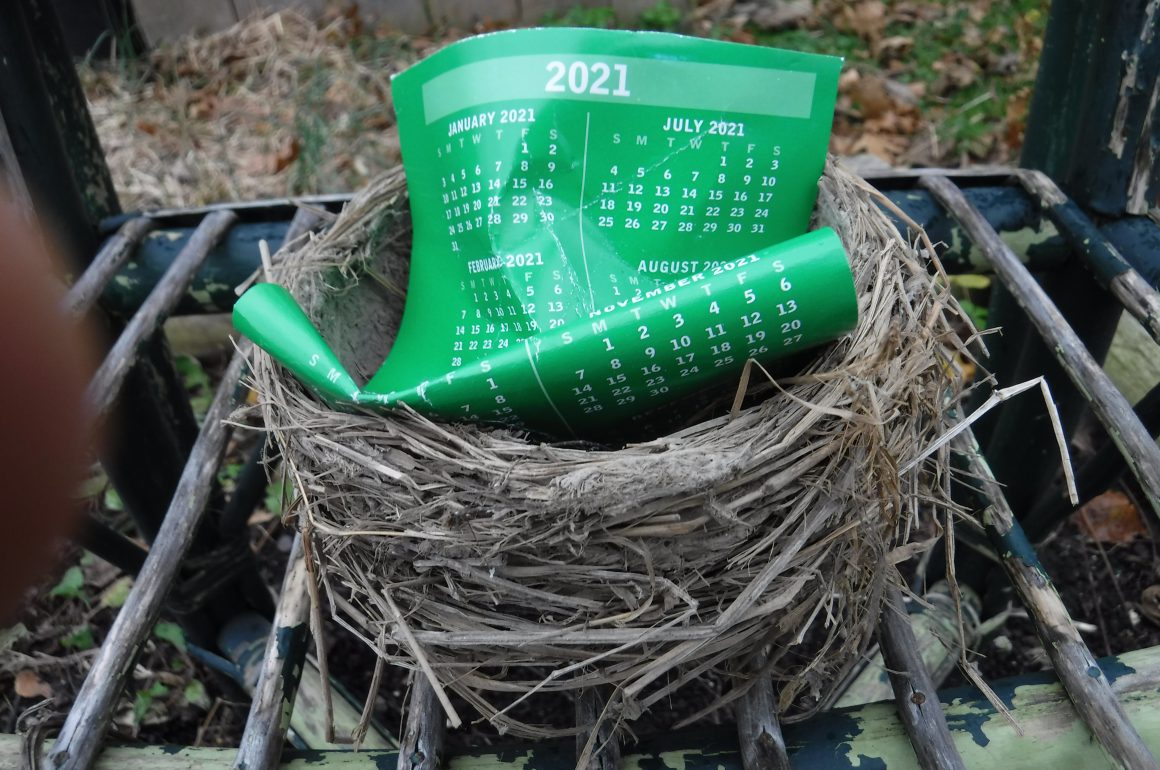
The holidays started early this year, with the first night of Hannukah coming right at the end of Thanksgiving weekend! Here are the picks of the 10,000 Birds reviewing team (Tristan, Donna, Dragan, Mike, Corey, Carrie, and Mark) for 2021 bird books and other things with high quality, uniqueness, and giftability.
* We review what the publishers, distillers, or manufacturers send us, or what catches our collective eye, or what we have time for. In other words, we can’t guarantee that we have included absolutely the “best” of every one of the categories of products we review; some things may have slipped through the cracks. But our Board of Editorial Overseers is a stickler for alliteration, and insisted we use the B-word, “best,” in the header/title of this compilation of our favorite new stuff of 2021. So our only guarantee is that anything in this post will make a dandy gift for your birder friends or loved ones — or for yourself.
** Tristan’s charming reviews of alcoholic beverages with birds on the label include some cans, not just bottles. See comment about our Board of Editorial Overseers, above.
*** Yes, yes, we know that the peripatetic Dragan uses the word “rucksack.” (See his review below.) But in the header/title of this piece, we choose to call it a backpack because (again) alliteration.
=============================================================================
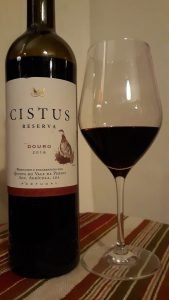
Of the dozen gifts mentioned in the Christmas carol “The Twelve Days of Christmas,” seven are birds: the seven swans a-swimming, six geese a-laying, four calling birds, three French hens, two turtle doves, and – of course – a partridge in a pear tree. There’s even been speculation that all of the first seven gifts are meant to be birds, with the “five gold rings” really referring to “five goldspinks,” an archaic term for the goldfinch. In any case, if the song is to be believed, the proper gift for the first day of Christmas is a partridge – and the Red-legged Partridge featured on the label of the Portuguese wine Quinta do Vale da Perdiz Cistus Reserva Douro presents a decidedly more practical option for following this gift-giving tradition. So, leave the cumbersome fruit tree with a live bird in it at home and bring a bottle of this lush red wine to your next holiday party instead – with rich, red fruit flavors and comforting hints of holiday spices, it’s sure to be a welcome addition to the wintertime table. (Tristan)
=====
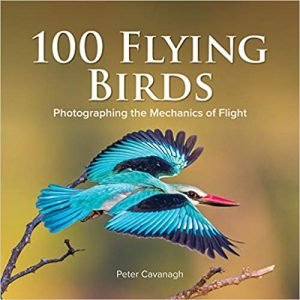
There are lots of big, well-produced books with exquisite photos of birds from around the world. This one is special because — well, read the title: 100 Flying Birds: Photographing the Mechanics of Flight. There’s no contest between a photograph of a stationary bird and one in flight, the latter being almost always the winner, says author and photographer Peter Cavanagh. And he’s right: you may have seen many pictures of, say, Roseate spoonbills in an estuary, but likely none as awesome and powerful — and lovely — as the one in this book, with legs and wings in full flight extension, showing off its spectacular colors (colors, plural, not just the roseate). And similarly with 99 other birds — raptors, songbirds, ducks, and otherwise. Each image is accompanied by a page of prose detail on the bird (e.g., ospreys are mostly right-“handed,” and carry their food, while flying, in one foot only, to fight off kleptoparasites like bald eagles with the other), and of detail, as well, of the process involved in taking that particular photograph. No matter how big your avian-related library is, this would be a terrific addition to it. (Mark)
=====
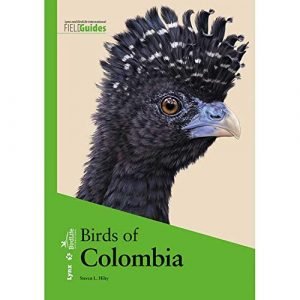
Colombia is one of those countries that Dragan’s dreams are made of: it has 1,965 bird species – more than any other country in the world. Among them are 94 endemics and 101 near-endemics, four introduced species and only 42 vagrants. He says that [Steven L.] Hilty’s Birds of Colombia is a stunning book with beautiful artwork, authoritative, if concise texts and easy to navigate maps. His rating: Highly recommended. (Dragan)
=====
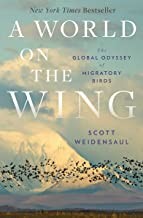
A World on the Wing: The Global Odyssey of Migratory Birds by Scott Weidensaul gets Donna’s vote as the best all-round birding book of the year (as she said on the annual ABA Birding Book Club Best of the Year podcast). Weidensaul’s second book on migration is a tale of many birds and many research studies, connected by his thoughtful, narrative voice and the amazing strands of knowledge being discovered today by brilliant scientists the world over. His in-person accounts of observing Amur Falcons in Nagaland, Spoon-billed Sandpipers in China, Swainson’s Hawks in Butte Valley and Argentina, Kirtland’s Warblers on their wintering grounds in the Bahamas, and the struggle against the slaughter of songbirds in Cyprus are balanced with larger-scope accounts of advances in research technology and new discoveries of migration strategies. This is a book that will be read with pleasure and amazement by both birders and nonbirders. (Donna)
=====

Swarovski ordered the BP 30 from German rucksack specialist Deuter, sending them a request for a birding daypack accompanied with the list of the equipment thatshould firmly fit inside. And a birding rucksack it is: they thought of everything, from those scope straps inside to a very simple and elegant tripod-carry system, and from the upper pocket for your binoculars (so it does not end at the bottom and get hit every time you put your rucksack on the ground) to the air ventilation system along your spine and the hard bottom (to protect everything from hard blows). (Dragan)
=====
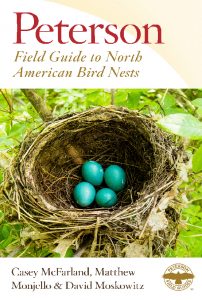
Peterson Field Guide to North American Bird Nests by Casey McFarland, Matthew Monjello, and David Moskowitz is an excellent choice for birders interested in bird behavior and for curious naturalists. The guide, one of the last offerings in the Peterson Field Guide series from publisher HMH, shows photos of nests of most North American species and describes nest structure, location, how the bird makes the nest, number of eggs, and what the eggs look like. Our North American bird field guides stopped offering this information decades ago, so it’s handy to have it all collected in one handy volume, especially if you’re doing a state breeding bird survey like some 10,000 Birds writers. (Donna)
=====
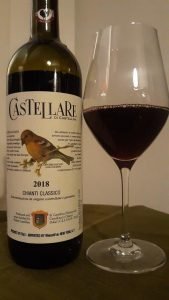
We can hardly expect a repeat performance of last winter’s spectacular “super flight” of winter finches in eastern North America, which saw a massive southward irruption of Red-breasted Nuthatches, Purple Finches, Evening Grosbeaks, Pine Grosbeaks, Common and Hoary Redpolls, and Red and White-winged Crossbills. Most of those birds are staying north this year, but you can always remember that amazing winter finch season by popping open a bottle of the 2018 Castellare di Castellina Chianti Classico, whose label presents a handsome White-winged Crossbill. (Tristan)
=====
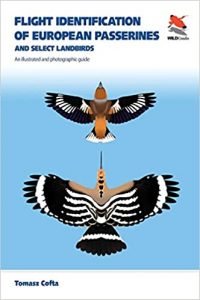
Since the 2nd edition of the Collins Bird Guide (published as “Birds of Europe” in the US) from 2009, the field guide market for European guides is practically dead. Knowing how good Collins 2 is and how high standards it has set, no publisher seems to dare to challenge them on the continental level. And that is one of the reasons Dragan is impressed with Tomasz Cofta’s Flight Identification of European Passerines and Select Landbirds: An Illustrated and Photographic Guide, though it is not a standard field guide. Weighing 2.88 pounds, it is a hefty book, not something you would want to carry on foot, but rather leave at home or in your car. But first and foremost – it is a beautiful book. (Dragan)
=====
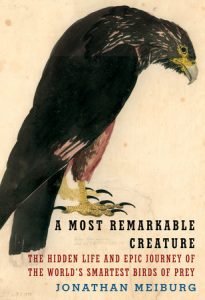
The caracara is the eponym for Jonathan Meiburg’s A Most Remarkable Creature: The Hidden Life and Epic Journey of the World’s Smartest Birds of Prey, and his affection and enthusiasm for the bird is infectious. Most everything related to the caracara is included: a meditation on and biography of the American/Argentinian/English naturalist and novelist, W.H. Hudson; and a primer on geological history, including the continuing zoological effects of the “Great American Biotic Interchange”; and a travelogue of an extraordinary river trip through Guyana. It’s one of those rare books, full of esoterica and wit, that you wish would not end. (Mark)
=====
Marie Read is one of North America’s foremost bird photographers. In For the Love of Birds: Visions and Meditations, she combines her photographs of birds, shot both in close-up and in longshots, that accentuate habitat, with the haiku of long-time friend Pepper Trail. This is more than a gift book. The thoughtful, strictly formatted poems interact with the stunning photographs in brilliant, often unexpected ways, resulting in new and renewed appreciations of our natural world. (Donna)
=====
 “I don’t know anyone else crazy enough to try 12s,” Dragan’s friend said when he was told that Dragan was about to test the Swarovski NL Pure 12×42 binoculars. But craziness is not a requisite. Just like the ELs in 1999, the NL Pure series represents another significant milestone in birding optics. As Dragan’s review advises, choose your model after the dominant habitat type you usually bird. If you currently use an 8, consider 10s; similarly, if you are already using 10s, do consider 12s. Yet, jumping from 8s to 12s is not reccommended. Try the NLs, but beware: you will fall in love. (Dragan)
“I don’t know anyone else crazy enough to try 12s,” Dragan’s friend said when he was told that Dragan was about to test the Swarovski NL Pure 12×42 binoculars. But craziness is not a requisite. Just like the ELs in 1999, the NL Pure series represents another significant milestone in birding optics. As Dragan’s review advises, choose your model after the dominant habitat type you usually bird. If you currently use an 8, consider 10s; similarly, if you are already using 10s, do consider 12s. Yet, jumping from 8s to 12s is not reccommended. Try the NLs, but beware: you will fall in love. (Dragan)
=====
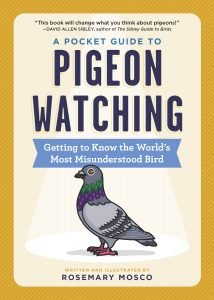
A Pocket Guide to Pigeon Watching: Getting to Know the World’s Most Misunderstood Bird, by Rosemary Mosco, is unique. You are probably familiar with Rosemary Mosco’s witty Bird and Moon comics, winner of the 2021 National Cartoonists Society’s award for Best Online Comic – Short Form. Here she has translated her love of Rock Pigeons, a bird scorned by many birders, including Donna, into a fun and informative book about their history, behavior, genetics, anatomy, vocalizations, and place in our culture. Having read A Pocket Guide to Pigeon Watching, Donna is still not a pigeon lover, but she does have much more respect for these creatures, once studied by Darwin, and has stopped yelling at them when they cross her path at every NYC street corner. (Donna)
=====
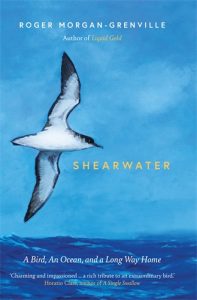
As a young British soldier, Roger Morgan-Grenville wondered, as to his beloved Manx Shearwaters and other pelagics, “What happens with those ocean birds when they go out of sight?” Shearwater: A Bird, An Ocean, and a Long Way Home is his effort to answer that question. Manxies travel, in a year, 40,000 miles or more. They fly close to the water and, for the first four years of their lives, never touch land. Absent mishap, they will live for fifty years. An adjunct to the shearwater narrative is one involving the author’s naturalist grandmother: an individualist, a convert to Catholicism in a milieu where that was a ticket to total ostracism, a World War II heroine of sorts who never mentioned her MBE medal, and a devotee of disgustingly strong Turkish cigarettes and unsuitable music hall songs. Both halves of the story, bird and woman, make for a marvelous book. (Mark)
=====

Earlier this year, Tristan recommended the Christmas beer Saint-Médard Cuvée de Noël from the French brewery Brasserie au Baron as an ideal selection for the winter holiday season. Brewed with elderberries, this complex beer offers warming flavors of toffee and chocolate and fruit, making it a perfect after-dinner tipple or accompaniment to any number of traditional holiday sweets. (Tristan)
=====

Finally, there is Seabirds: The New Identification Guide by Peter Harrison, Martin Perros, & Hans Larsson, a book purely for birders, specifically those birders addicted to pelagics and seawatching or who love to collect field guides. This long-awaited update to Harrison’s 1983 seabird guide covers 434 species, an almost 40% increase. The guide covers terns and gulls, penguins and phalaropes, but birders will be most interested in its treatment of seabirds like shearwaters, storm-petrels, diving-petrels, albatrosses, and skuas. There are still some knotty problems to be worked out on the taxonomy of these families, but this new guide, featuring new artwork by Harrison and Larsson, works well with Steve N. G. Howell and Kirk Zufelt’s 2019 photographic guide, Oceanic Birds of the World, to offer the most up-to-date thinking on the topic and on the often tricky identifications. (Donna)


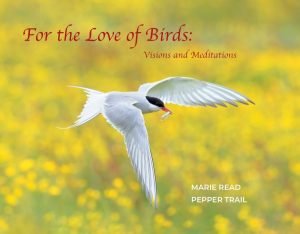
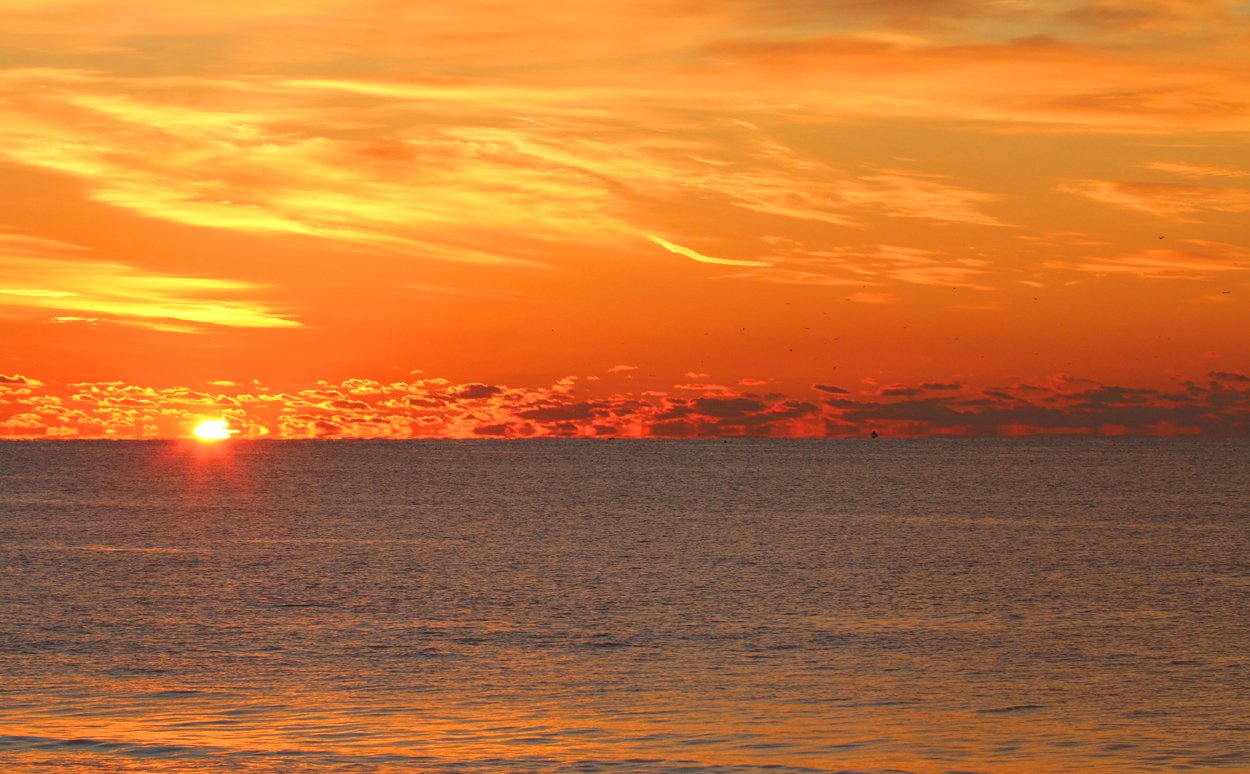


 New writers welcome – please contact us for details.
New writers welcome – please contact us for details.

















“There’s no contest between a photograph of a stationary bird and one in flight, the latter being almost always the winner, says author and photographer Peter Cavanagh”. I tend to disagree, and not only because I am quite bad at getting photos of birds in flight. Much like you probably would not want to take a portrait photo of a person while running, I think a photo of a resting bird tends to show the specifics – and the character – better than a photo of a bird in flight. In the latter, the bird is so focused on flying that it excludes all other aspects of its being.